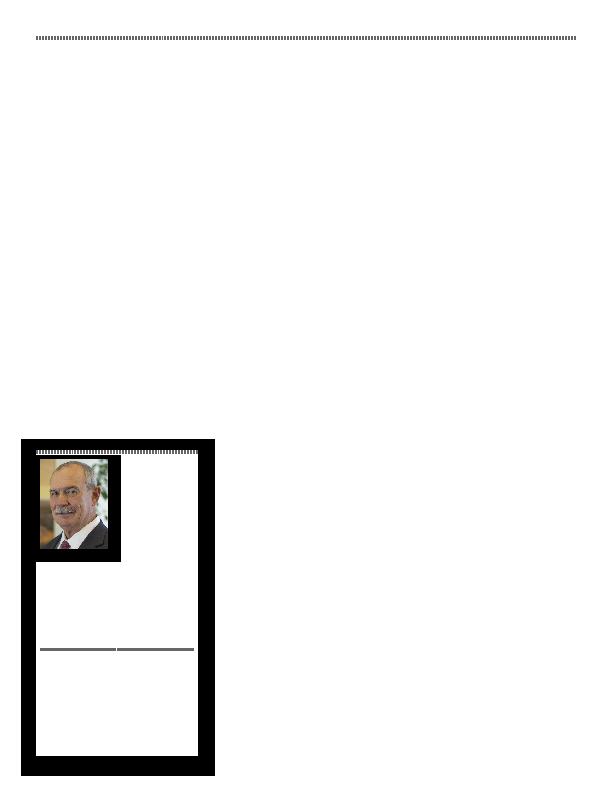
Representing Entities: Who the Client Is
and Rule 1.13(f) Disclosures
representing an organization, the
attorney's client is the organization itself.
Except in limited instances subject
to conflict rules, the organization's
constituents, such as members,
shareholders, officers, directors or
trustees, are not clients. This tenet is
based upon the American Bar Association
(ABA) Model Rules of Professional
Conduct (the "Rules"), Rule 1.13,
Organization as Client, which provides
in subsection (a): "A lawyer employed or
retained by an organization represents
the organization acting through its duly
authorized constituents." However,
notwithstanding this clear directive,
attorneys still violate the rule.
attorney disqualified because of a conflict
with the client's own constituents, as well
as other potential ramifications, and to
protect the individual constituent while
working with the organization's attorney,
Rules 1.13(f) requires: "In dealing with
an organization's [constituents], a lawyer
shall explain the identity of the client
when the lawyer knows or reasonably
should know that the organization's
interests are adverse to those of the
constituents with whom the lawyer is
dealing."
Although not based upon any data,
it is reasonably safe to assume that
attorneys who violate Rule 1.13(f)
generally do so inadvertently. When
an attorney works with an officer of a
company for several years, the attorney
may develop a loyalty to the officer
and, at times, unconsciously conflate
the interests of the organization and
the officer. Another instance where
the interest of the constituent and
organization may be confused is when
an attorney is engaged by a closely-held
organization with a single shareholder
or member who holds an overwhelming
majority interest in the organization.
Under those circumstances, it can
be difficult to differentiate between
the individual's interests and those of
the organization. Another example of
confusing the interests of the organization
and constituent is when an attorney is
representing an organization in litigation
based upon an officer's conduct. The
attorney can start to identify the officer as
the client.
maintain the distinction between the
organization as the client, and the
organization's individual constituents
not as clients, can result in a conflict of
interest for the attorney under Rule 1.7,
Conflict of Interest: Current Clients. As
an example, if the attorney and officer
create an attorney-client relationship
(even if informally) while the attorney
is representing the organization on the
same matter, and thereafter the officer
and organization become adverse on that
matter, the attorney will be conflicted.
Duties to Former Clients. In this regard,
if the attorney represented both the
organization and an officer in the same
litigation (which is permissible, subject
to conflict rules),
out of the same matter (such as a claim
for subrogation or indemnification), the
attorney would be conflicted.
under Rule 1.13(f) arises, the attorney
must first "know or should know" that
the interest of the organization and the
constituent are "adverse." What is
deemed to be "adverse" for purposes of
Rule 1.13(f) is not entirely clear. Unlike
Rule 1.7, the term "adverse" as used
in Rule 1.13(f) is not modified by the
term "directly" or any other limitation.
Accordingly, the term "adverse" as used
in Rule 1.13(f) can be broader than
what is contemplated by Rule 1.7. The
definition of "adverse" contained in
Black's Law Dictionary (9th ed. 2009)
is broad: "1. Against; opposed (to). 2.
Having an opposing or contrary interest,
and Geldzahler, where his practice consists of
general civil litigation.
15 West South Temple, Suite 1700
Salt Lake City, Utah 84101
princeyeates.com